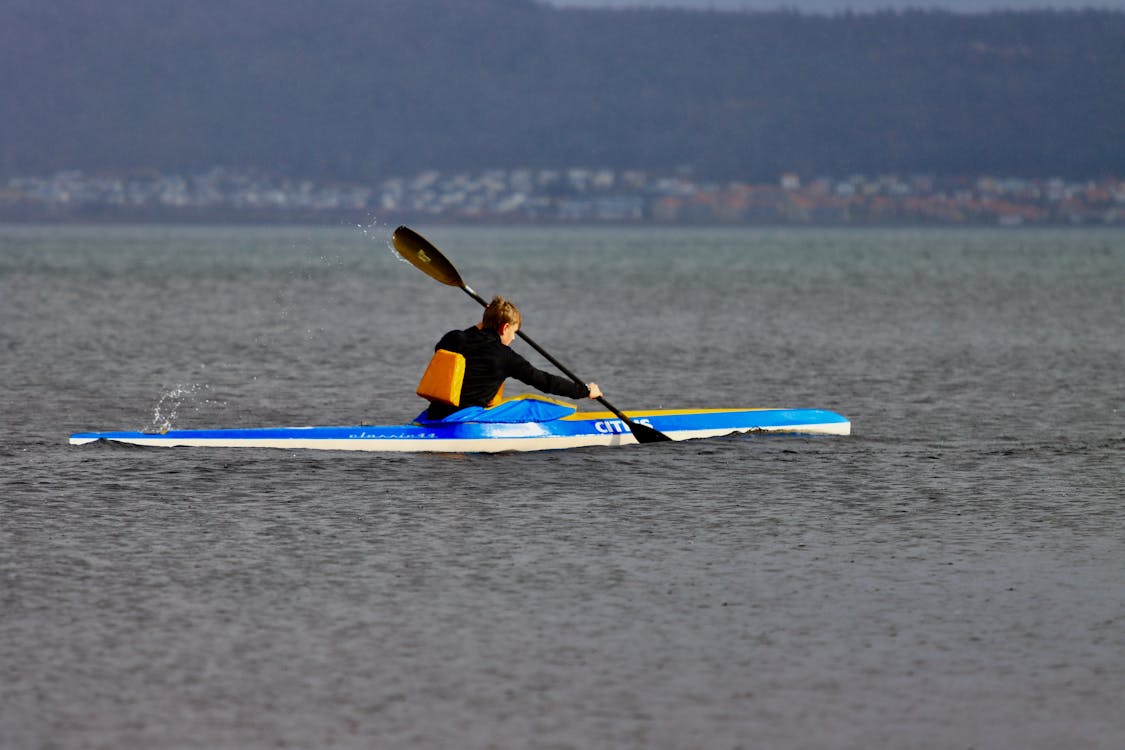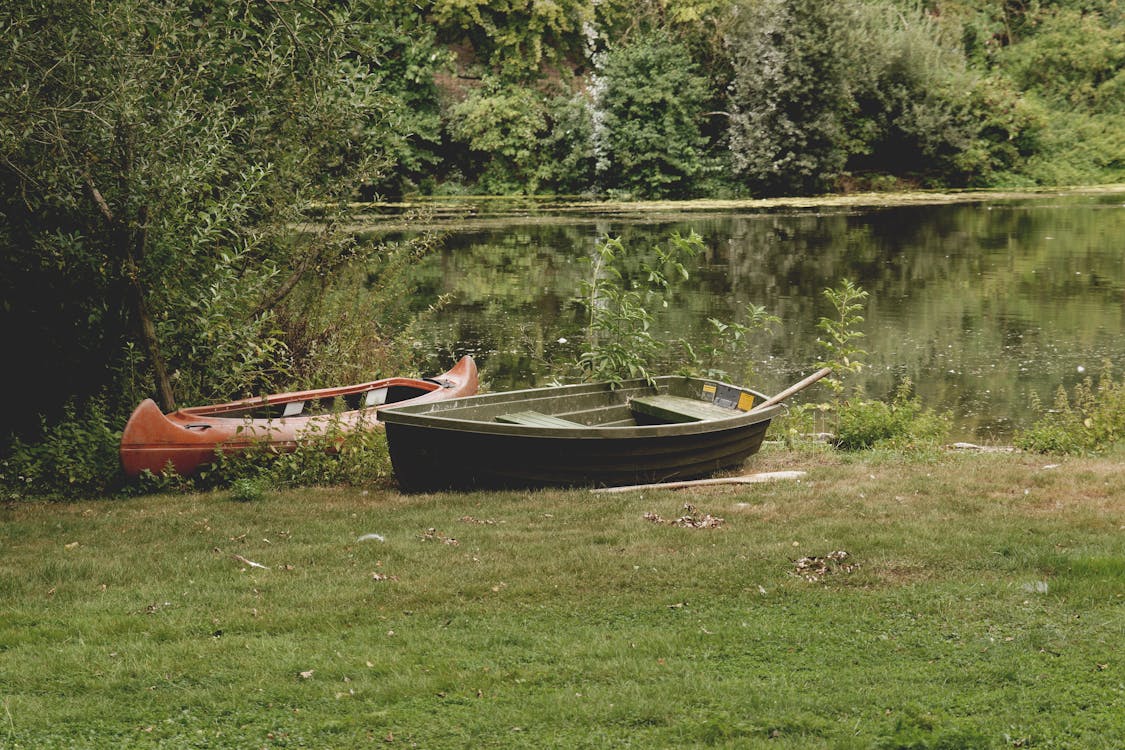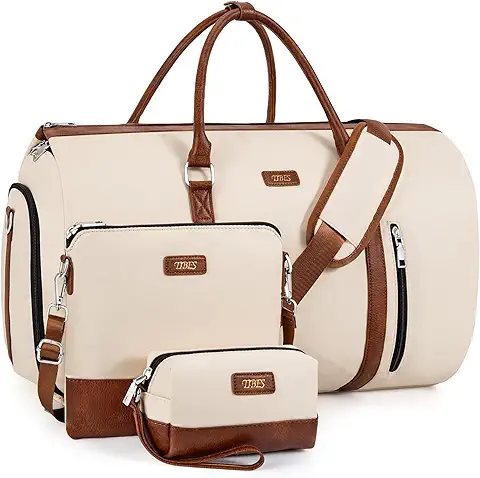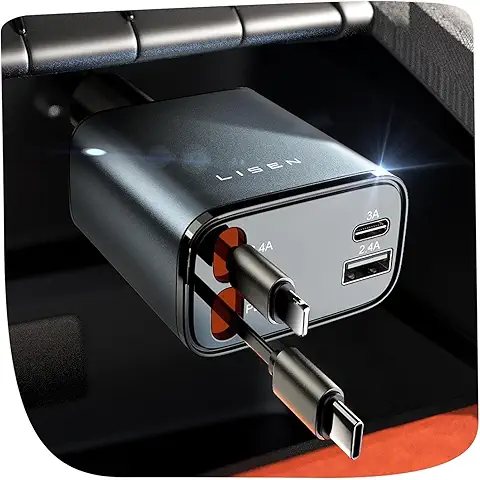How to Choose the Right Canoe: What to Look for Before Your First Paddle


Offering peace, adventure, and the opportunity to interact with nature from a different angle, canoeing is a fantastic outdoor activity. Choosing the correct canoe will help you to guarantee a safe and fun experience whether your intended activity is river navigation, calm lake paddle, or coastal water exploration. Particularly for beginners, choosing the ideal canoe can be intimidating given the variety of materials, designs, and functions accessible.
Covering issues such as the type of canoe, materials, size, weight, and the various features that will improve your paddling experience, this guide will lead you through the main factors to help you select the finest canoe for your needs.
1. Determine the Type of Canoe You Need

You should be aware of the several kinds of canoes before you start contrasting several models. Every kind is meant for particular activities, settings, and skill level ranges. Your choice will start with knowing the correct kind for your situation.
Recreational Canoes
Beginners looking to enjoy slow-moving rivers, ponds, or calm lake paddling will find recreational canoes perfect. Usually broader and more steady, these canoes give more room for passengers and equipment. For those who simply want to enjoy a leisurely paddle and do not intend to set off demanding water routes, they are ideal.
Touring Canoes
Designed for longer distances and able to negotiate a greater spectrum of water conditions, touring canoes are Generally sleek and faster than leisure boats, these canoes provide superior tracking for more effective paddling. Often on bigger lakes or rivers with more flow, touring canoes can be used for day outings or multi-day journeys.
Whitewater Canoes
Built for fast-moving rivers and difficult rapids, whitewater canoes are Usually shorter and more specialized in shape, these canoes can negotiate fast in choppy water. This kind of boat is really vital if you want to paddle in whitewater conditions.
Sport Canoes
Often used for races or paddling in both flatwater and whitewater environments, sport canoes are adaptable. Usually with a more simplified form, they are meant for performance and quickness. Those who like to experiment with several water environments and activities will find these kayaks appropriate.
2. Consider the Material of the Canoe

A canoe's weight, durability, and price all depend much on the materials it is built from. Making the best decision depends on knowing the several materials' different performance, maintenance, and cost ranges.
Polyethylene (Plastic)
Recreational and novice canoes are most often made of polyethylene, a reasonably priced and common material. It has rather little maintenance, resilience against impacts, and durability. Though they do scratch readily, plastic canoes are also lightweight enough to be navigable both on and off the lake. Although they're not as quick as some other materials, they're ideal for calm water casual paddling.
Royalex
Commonly used for whitewater canoes is the strong and lightweight Royalex material. It's perfect for difficult environments since it's well-known for resisting impacts. Though they cost more than polyethylene ones, Royalex canoes are quite robust. For paddlers who intend to tackle more difficult rivers or require a canoe that can survive in demanding surroundings, it's a great choice.
Kevlar and Carbon Fiber
Great for touring and long-distance travel, Kevlar and carbon fiber canoes are lighter and faster. Though they are far more costly than plastic and Royalex, these materials have the benefit of being remarkably light and rigid, hence improving performance. For individuals who value speed and efficiency, these canoes are ideal; yet, they are most suitable for calm waters since they are more likely to be damaged in demanding surroundings.
Aluminum
Commonly used for both leisure and touring canoes, aluminum is a lightweight, durable material with a good mix of strength, weight, and cost. On the water, aluminum can be noisy, though, and it may carry heat or cold, which would make paddling less pleasant in very hot or cold conditions.
3. Size and Capacity: What’s Right for You?
There are several different sizes of canoes; choosing the correct one will help to balance weight capacity, performance, and stability. Your intended use, the number of paddlers, and the kind of water you expect to negotiate will all affect the size you select.
Length
Usually running from 12 to 18 feet in length, canoes For beginners or people who will be paddling in confined areas or on smaller amounts of water, shorter canoes—around 12 to 14 feet—are often more maneuverable and easier to steer. On bigger lakes or rivers, longer canoes—15 to 18 feet—are perfect for touring or multi-day expeditions since they are made for better tracking and speed.
Width
For novices especially, wider canoes offer more stability. Great for leisure use, they offer more room for gear and are less likely to topple over. Although narrower canoes are faster and more efficient, they demand stronger paddling ability to keep balance.
Capacity
When selecting a canoe, take paddlers' count into account as well as the gear you must pack. Usually made to fit either one or two paddlers, canoes also come in three-person varieties. Select a canoe large enough to carry your paddlers' weight as well as any gear—including food, personal belongings, and camping supplies.
4. Stability and Handling
Your paddling experience will be much influenced by a canoe's handling and stability. For beginners, stability is absolutely important; for more experienced paddlers, speed and handling may take the front stage.
Primary Stability vs. Secondary Stability
When a canoe feels most stable when you first get in and start paddling, that is its primary stability. When you're seated still, a canoe with good basic stability will feel solid and safe. Conversely, secondary stability is the canoe's capacity to remain steady under lean or tilt. In turbulent water or during maneuvering, high secondary stability canoes are less likely to tip over. Search for a boat that strikes a nice mix of main and secondary stability.
Tracking vs. Maneuverability
Tracking in canoe paddling is the straightness of the canoe. A well-tracking canoe will move straight ahead with the least effort. Conversely, when you must turn or negotiate confined areas, including around rocks or in small rivers, agility is crucial. While recreational and whitewater canoes stress maneuverability, touring canoes are developed for greater tracking. The kind of water you intend to paddle on will determine which quality holds greater significance.
5. Weight and Portability
Particularly if you intend to take your canoe to the water, weight is a major factor. Though they sometimes cost more, lighter canoes are simpler to load onto vehicles, transport, and carry short distances. Though it may be difficult to move around, especially if you are solo paddling, a heavier canoe will be more robust.
Solo vs. Tandem
Think about the number of individuals likely to be canoeing. Family or group vacations usually feature tandem canoes—designed for two people—while solo boats are ideal for single trips. Though they have less storage for supplies, solo canoes are usually lighter and more nimble. While tandem canoes are more flexible and steady, effective navigation calls upon paddlers working together.
6. Comfort Features
Since canoeing may be a physically taxing sport, comfort is rather crucial. Search for canoes with ergonomic designs, adjustable seats, and soft backrests. Essential on longer excursions, some canoes have padded seats and movable footrests for a more pleasant experience.
Storage and Gear Capacity
Your planned use will determine the amount of items you should pack. While some boats have external attachment points to fasten equipment, others have storage sections for dry bags. Look for canoes with much storage to pack everything you could need for a multi-day expedition on longer excursions.
7. Budget Considerations
From low-cost boats to upscale performance canoes, canoes differ in price. Though the least expensive choice seems appealing, consider the worth and lifetime of the canoe. Though more expensive initially, a better-quality canoe will last for years and offer a much better paddling experience.
Conclusion
Whether a novice or an experienced paddler, selecting the correct canoe is an exciting but important choice. Your paddling style and needs will be perfectly matched by the model you choose by weighing elements such as canoe type, materials, size, stability, and comfort. Remember to include your budget and make sure you are getting a canoe that will offer years to come to a safe, fun, and unforgettable experience. Invest some time investigating and testing several canoes to make sure the perfect one for your first paddle and beyond is found.








